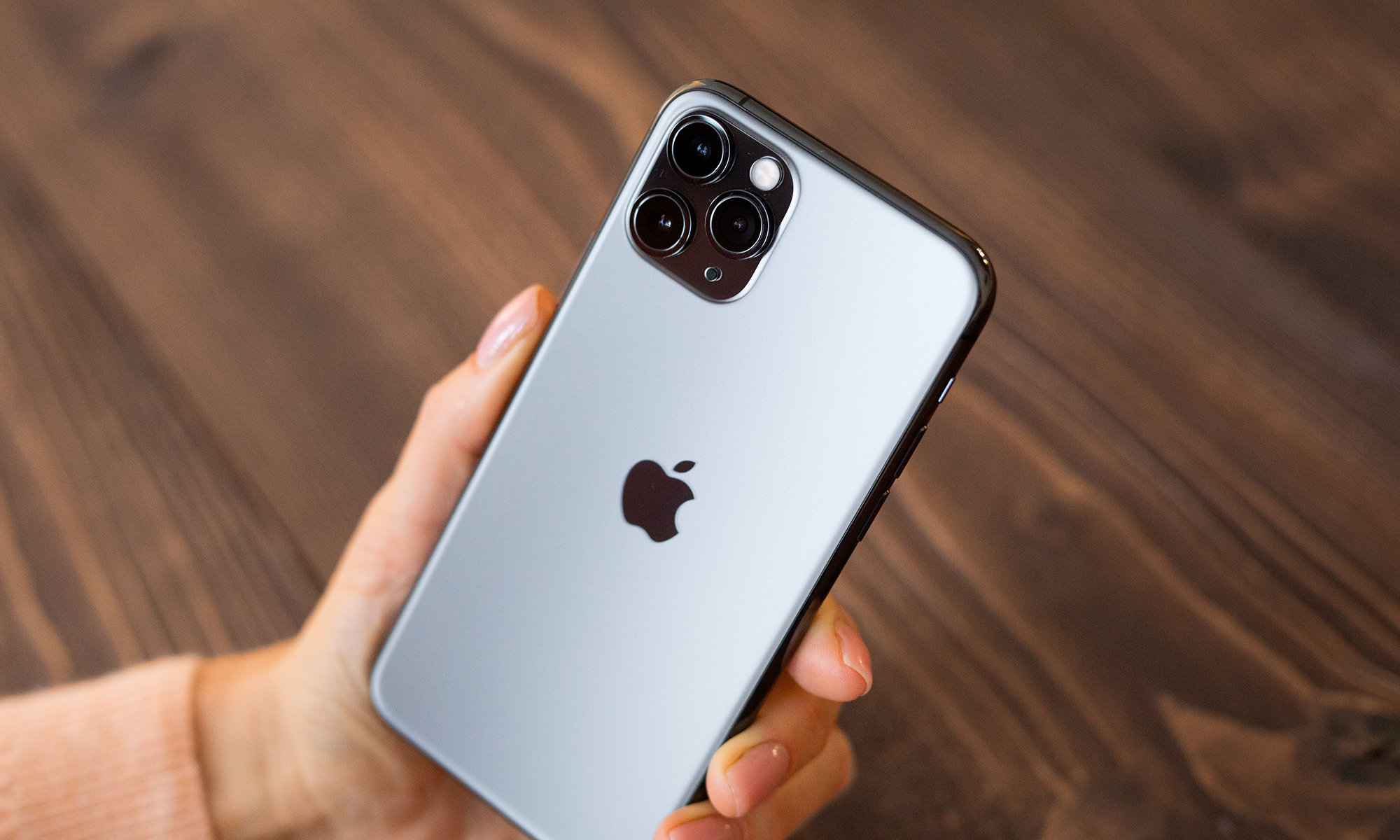
Apple's iPhone 6s. Image source: Apple.
A recent teardown report from IHS iSuppli estimated the cost to manufacture the Apple's (AAPL 0.20%) A9 at $22. IHS doesn't explicitly show how it arrived at this number, but I'd like to provide my own estimate for the cost of the A9 and see how it compares with the estimate from IHS.
Doing the math
The cost to manufacture a processor is essentially a function of the following variables:
- Wafer cost
- Die size
- Yields
We want to determine how many good chips a company gets per wafer and then divide the wafer cost by that number in order to figure out the effective cost per chip.
According to semiconductor business analyst Handel Jones, a 16-nanometer wafer in the fourth quarter should cost a fabless customer around $8,400 . We know that the Apple A9 built on TSMC's (TSM +1.46%) 16-nanometer process measures in at 104.5 square millimeters.
Using a tool from Silicon Edge to estimate the number of dies per wafer, we get roughly 572 chips.
Now, not all of those chips will work to specification; some will simply be non-functional and others will work but be unable to hit the performance/power specifications required.
In a recent AnandTech article discussing the TSMC 16-nanometer-built Kirin 950 chip, an 80% yield figure was given. So, let's assume that Apple's A9 yields (when built on TSMC's 16-nanometer process) are about 80%.
This means that of the 572 chips Apple gets per wafer, 457 of them are good enough to make it into iPhones. Assuming a wafer cost to Apple of $8,400, this would imply a per-die cost of around $18.38.
Adding in packaging and test
At first, it might seem that IHS may have lowballed its estimate, but there is one more factor that goes into chip manufacturing cost: packaging and test. It's hard to get a good estimate of how much this process costs on a per-chip basis, but if we assume that it costs Apple anywhere from $3 to $5 per chip to actually do the packaging and test, we get a per-chip cost of anywhere from $22 to $24.
The IHS estimate seems to be on point
Although to arrive at an estimate we had to make a number of assumptions that may or may not hold up in reality, I believe that the estimate from IHS iSuppli is quite reasonable and representative of what it actually costs to build the A9 chip.
Some thoughts about the upcoming A10 chip
It has been reported by multiple sources that Apple's next-generation A10 processor will be manufactured in the same TSMC 16-nanometer manufacturing technology that a portion of the A9 chips currently are.
In order to deliver performance and feature improvements over the current-generation A9, I believe that Apple will need to add more transistors, increasing the die size of the A10 relative to the A9. On the surface, this may seem as though it should add non-trivial amounts of cost, but it's worth keeping in mind that 16-nanometer FinFET Plus yields should continue to improve between now and when the A10 will need to go into production.
The improved yields may serve to, at the very least partially, offset the costs associated with the increased chip area.
Another potential cost adder that Apple might face with the A10 is the use of TSMC's advanced InFO packaging. This technology promises to reduce the chip's footprint as well as bring performance and power benefits, but since it is fairly new, it may be more costly than traditional chip packaging methods.
I don't expect the A10 to be substantially more expensive to produce than the A9, but I am expecting a modest increase in production costs.







